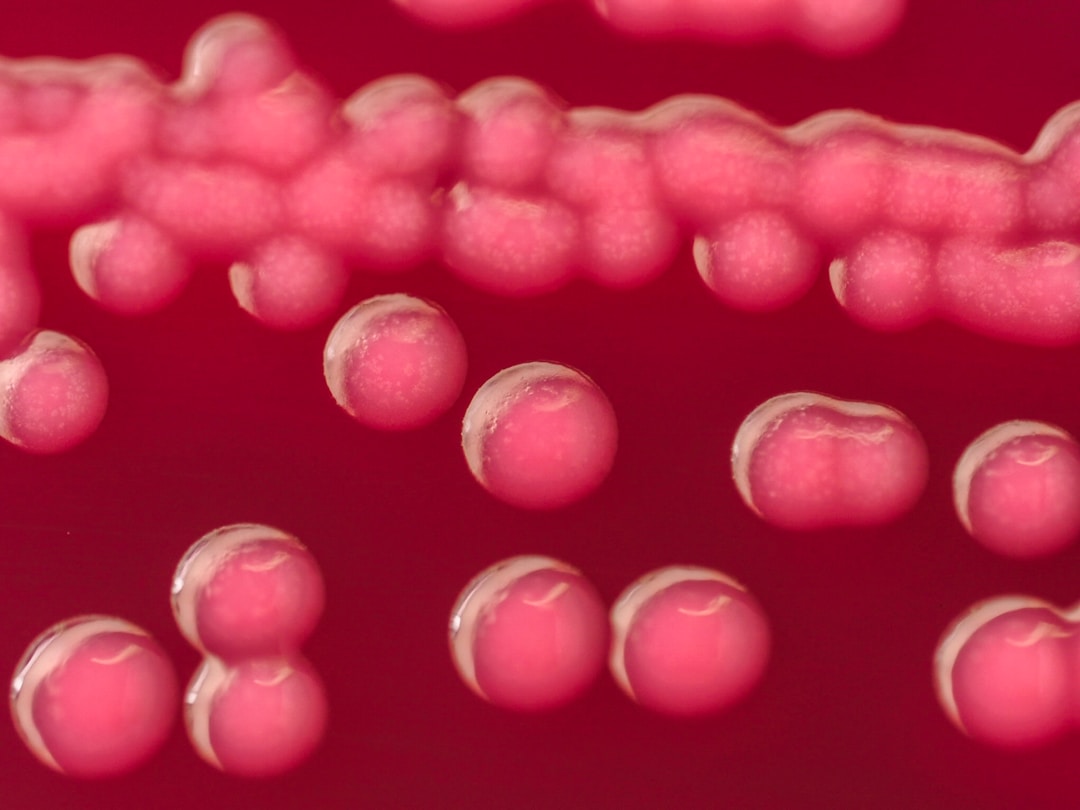What Is E. Coli?
E. coli, short for Escherichia coli, is a type of bacteria commonly found in the intestines of humans and animals. While most strains are harmless and part of a healthy gut flora, some variants can cause serious illness. The bacteria can be a marker for contamination and have implications for food safety and public health. In this article, we will delve into the various aspects of E. coli, including its characteristics, sources of contamination, and the measures you can take to protect yourself from infection. Keep reading to learn more about this important topic.
Understanding E. Coli: Characteristics and Types

E. coli bacteria are diverse with many different strains, each with its own set of characteristics. While they are commonly associated with the gut, certain strains can also be found in other environments. These bacteria are rod-shaped, and most are capable of moving around using thin, whip-like extensions called flagella.
Most E. coli strains are harmless, serving an important role in the ecosystem of the human gut by aiding in digestion and the production of certain vitamins. However, within the vast family of E. coli, there are notable pathogenic strains, such as E. coli O157:H7, which are responsible for foodborne illnesses.
Understanding the differences between these strains is crucial for identifying and mitigating risks associated with E. coli outbreaks. Differentiating between harmless and harmful E. coli is a vital part of public health surveillance and response to potential bacterial infection risks.
Sources and Routes of E. Coli Contamination
E. coli contamination can occur through different routes. One common source is improperly cooked or contaminated food, particularly ground beef, as E. coli can live in the intestines of healthy cattle. Raw vegetables and fruit that have been contaminated with the bacteria can also transmit infection.
Another source of E. coli infection is water. When water used for drinking, swimming, or washing food becomes contaminated with feces from infected humans or animals, it can spread the bacteria. Waterborne transmission is a serious concern in areas with poor sanitation and during natural disasters that affect water supplies.
Direct contact with animals or people carrying the bacteria is another route of E. coli transmission. This is why infection can easily occur in settings like farms, petting zoos, and daycare centers if appropriate hygiene practices are not strictly adhered to.
Preventing E. Coli Infections: Safety Measures and Best Practices

To prevent E. coli infections, careful food preparation and good hygiene are essential. Cooking meats, particularly beef, to the recommended temperatures can destroy the bacteria. It’s also crucial to avoid cross-contamination by using separate cutting boards and utensils for meats and vegetables.
Washing hands thoroughly with soap and water is a powerful defense against E. coli, especially after using the bathroom, before and after handling food, and after contact with animals. Hand sanitizer can be an alternative if soap and water are not readily available, though it’s not as effective as thorough handwashing.
Drinking water safety is also important in preventing E. coli infections. Ensuring water is properly treated, whether by municipal systems or using appropriate home water treatment methods, can drastically reduce the risk of E. coli contamination.
Treatment Options for E. Coli-Related Illnesses
Treatment for E. coli infections usually focuses on symptom relief and fluid replenishment to prevent dehydration. In most cases, antibiotics are not recommended because they may increase the risk of complications, and in certain situations, can worsen the condition by causing the bacteria to release more toxins.
For infections caused by E. coli, hospitalization may be necessary to manage severe symptoms and complications like hemolytic uremic syndrome. In such cases, medical treatments may include blood transfusions and kidney dialysis.
Consultation with health care professionals is essential for anyone who suspects an E. coli infection. They can provide appropriate guidance and care tailored to individual situations, which is especially important for vulnerable populations like young children, the elderly, and those with weakened immune systems.
Overall, while E. coli is a microorganism that poses significant health risks, understanding how to prevent infections, recognizing symptoms, and knowing the treatment options can dramatically reduce its impact. Awareness and education are key in managing and mitigating the threats associated with E. coli-related illnesses.












